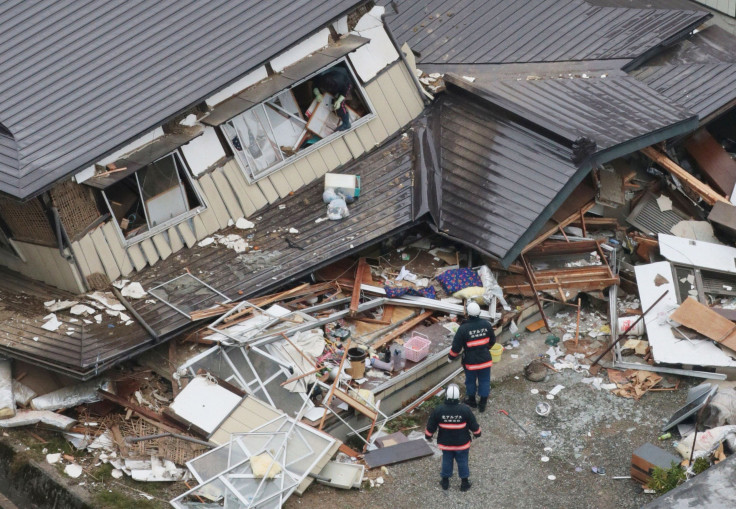Smartphones: The Earthquake Detector In Your Pocket?

Smartphones have become our credit cards, cameras, music players and video game consoles -- and they may someday add another handy use: personal earthquake detector. A group of researchers who are helping to install the West Coast’s $145 million ShakeAlert earthquake warning system are now testing a cheaper “crowdsourced” network built largely from the global positioning system (GPS) in smartphones.
A smartphone-based system, though not as sensitive as ShakeAlert and other systems built from seismic sensors in Japan and Mexico, could offer countries a relatively inexpensive option for disaster prevention.
“This solution works best in somewhat less developed countries where there are a lot of faults,” says John Vidale, a seismologist at the University of Washington, who was not involved with the research. “Iraq and Iran have some of the worst construction and the most faults. China is full of earthquake faults and their buildings are getting better fast, but still -- they're at tremendous risk.”
New research shows scientists could detect moderate to large earthquakes by using shared GPS data from multiple smartphones to measure sudden changes in position. A disturbance could trigger a warning to other smartphone users who are further from the epicenter that an earthquake is about to hit, says Sarah Minson, a geophysicist at the U.S. Geological Survey and California Institute of Technology who published a study demonstrating the capability on Friday in the journal Science Advances.
“A few seconds can be enough time to stop doing something you don't want to be doing during an earthquake,” Minson says. “For example, if you're a surgeon -- you can remove your scalpel and step away from the operating table.”
Minson’s team tested the sensitivity of a Google Nexus 5 smartphone to see how accurately the phone's GPS logged its own horizontal change in position. They were impressed to find that it could detect shifts as small as half an inch to 5 inches and proved to be even better at detecting a shift to the right or left than plotting a user’s location on a map based on that shift.
“We know GPS is good down to the millimeter in a scientific setting,” Vidale said. “To have the cell phones perform like that is a bit of a surprise.”
Separately, Minson's group ran data from the magnitude 9 temblor that shook Japan in 2011 through an analysis to determine whether the phone’s GPS could identify that disturbance as an earthquake. The researchers found that it could and concluded that a citywide network of smartphones could generate an early warning for an earthquake if even a fraction of the phones -- 100 out of 5,000 in their example -- were disturbed by an earthquake. In a real-life system, only some phones would be capable of detecting earthquakes at any given time because the phones must be plugged into the wall, logged on to Wi-Fi and not currently in use.
There are a few limits to this concept, though. Unlike ShakeAlert, a smartphone-based system can’t detect earthquakes that are smaller than magnitude 7, and some users must be near the center of the earthquake to trigger the alert, so they will receive no warning themselves.
“This is an altruistic early warning system -- someone has to feel some shaking so that they can send a warning to someone else,” Minson says. “You participate in the system hoping that you'll receive the warning, but it might be the case that you're sending the warning.”
The system as envisioned by Minson also requires access to location information on a smartphone that is currently sent through a filter that interprets it for the user -- for example, by representing it as a blue dot on a map. For this concept to work, companies that build smartphones would have to grant scientists and users access to the raw data.
“Your phone has amazing hardware,” Minson says. “Your phone is absolutely capable of recording earthquakes. Unfortunately, most users aren't given access to the data that their phone is generating.”
The researchers will conduct a pilot test of a smartphone-based detection system over the coming year in Chile. Minson says she is open to collaborations with technology companies that are interested in developing this capability in a smartphone.
© Copyright IBTimes 2024. All rights reserved.












